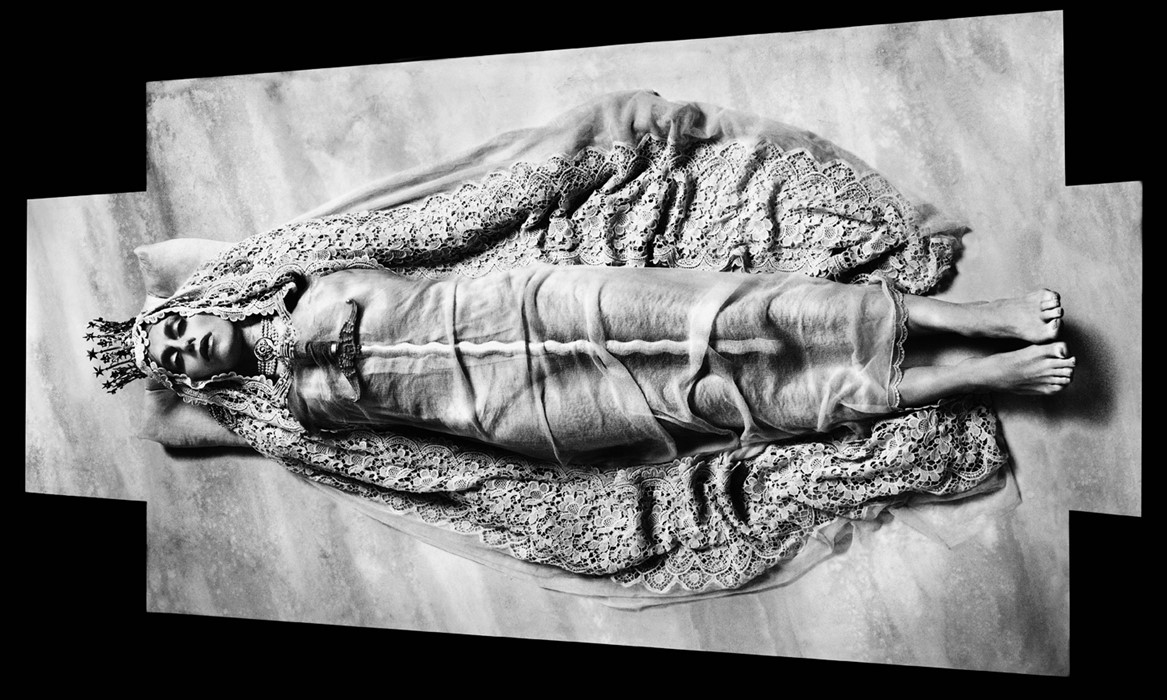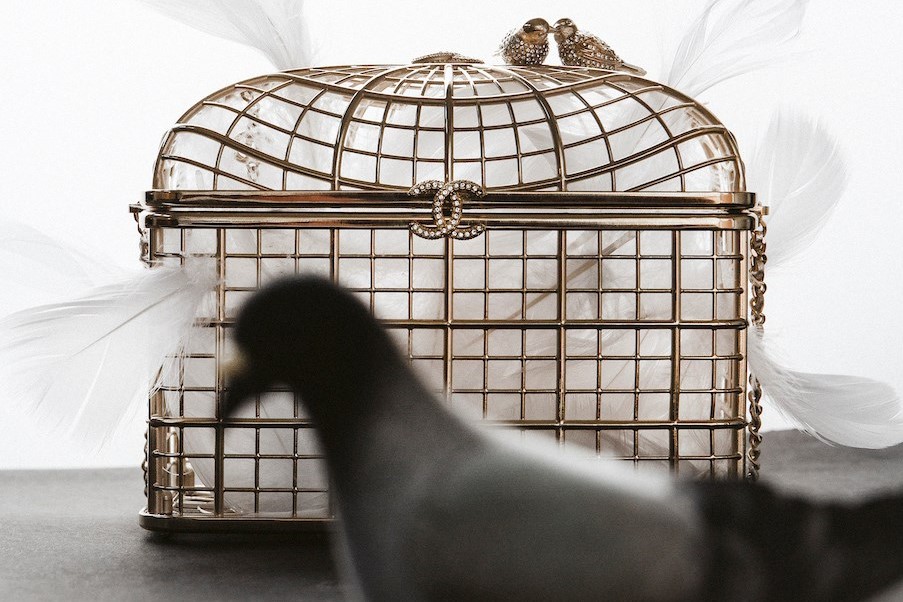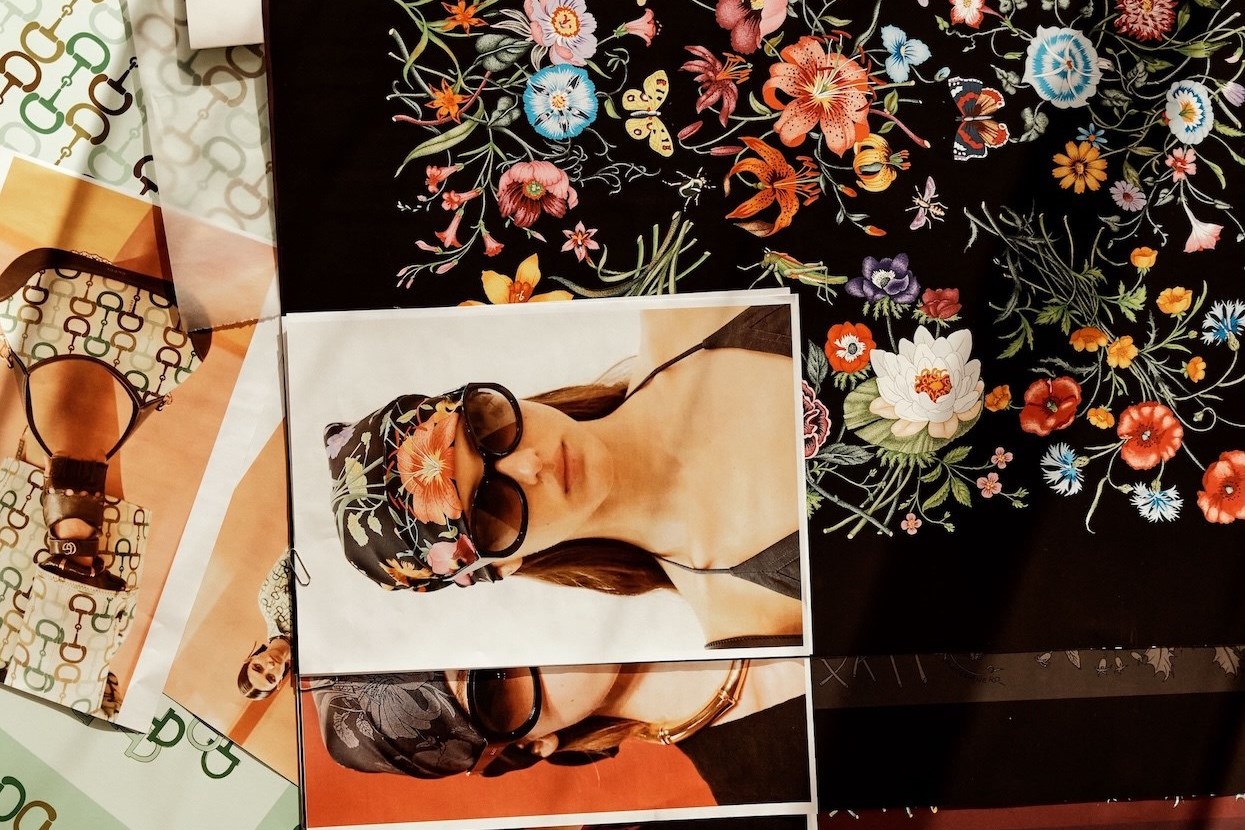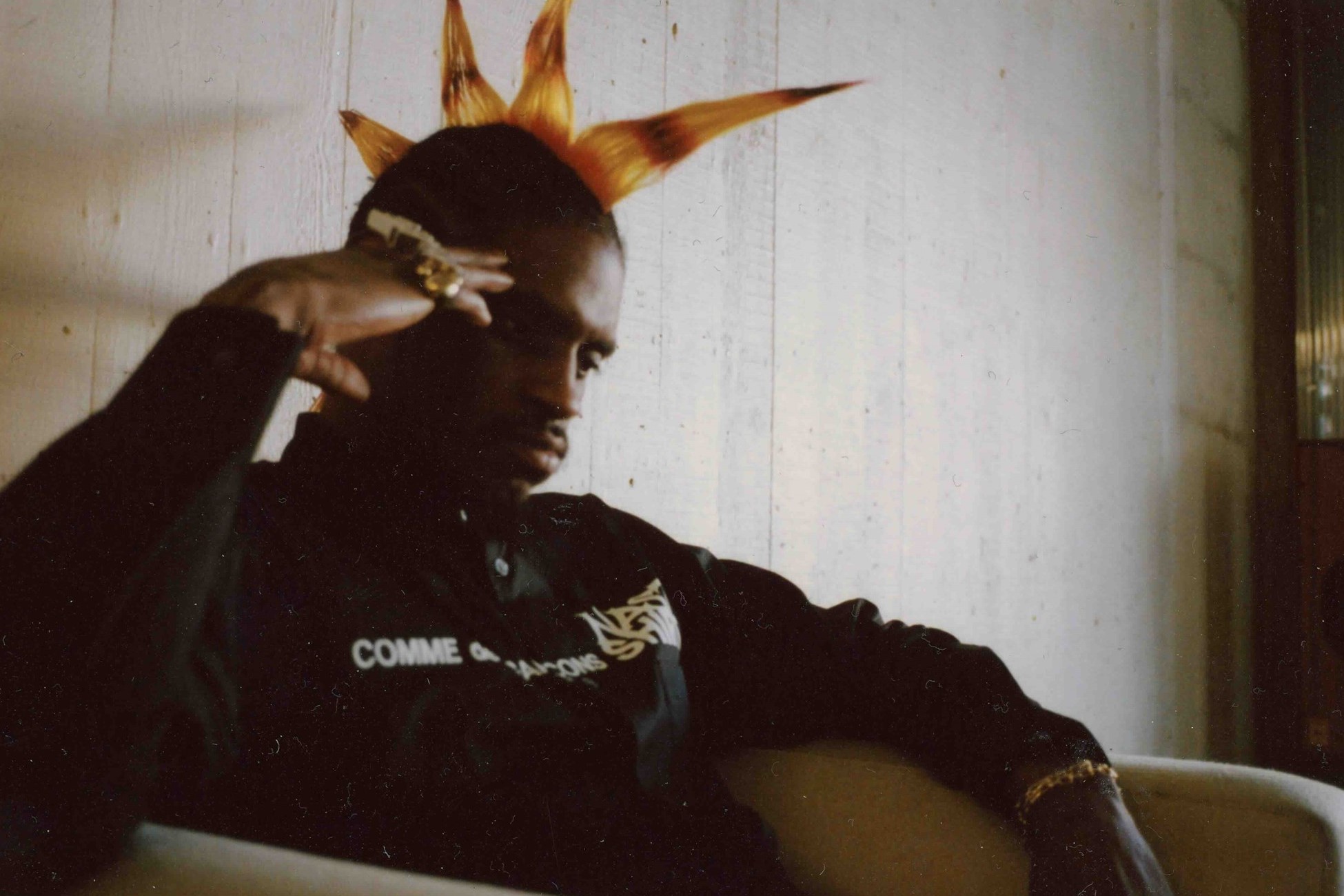Cecilia Dean’s career is an extraordinary example of the evolution from modeling to editing: she was one of the most prominent models in the 1980s, posing for the likes of Karl Lagerfeld, Peter Lindbergh and Mario Testino...
Cecilia Dean’s career is an extraordinary example of the evolution from modeling to editing: she was one of the most prominent models in the 1980s, posing for the likes of Karl Lagerfeld, Peter Lindbergh and Mario Testino. In the middle of her success, she decided to go back to studying at Barnard College in New York. After graduating, she co-founded the now iconic publication Visionaire, which aims to bridge the gap between fashion and other fields of creativity. Editor of the magazine, she also co-founded the twin publications V and V Man. Visionaire has now become more than a magazine: it is an art object, collected by admirers all over the world.
How would you connect fashion to elegance?
Elegance is a personal expression. You can use fashion to reach that end, which has nothing to do with fashion itself. Fashion is something you buy.
What is the role of history and art history in your conception of fashion?
I’ve always thought that fashion is a reflection of what is going on in the larger picture, in society, in the economy, in the social mores of the time. I wouldn’t say that fashion is political per se, but it can become a very powerful visible symbol of a particular movement, or a particular thought. I guess that the really easy example would be the flower children of the hippie movement, rebelling against the Vietnam War. It was also a reaction to the strict family values in the society of the 50s. Fashion has been amazing at making statements too: when the hemlines got shorter and shorter, or back in the 1920s when they started taking away the corset. In the late 19th century, the corset got looser, and in the 1920s there was no corset anymore, you were showing legs. That was all really important to visibly see women’s bodies. You could decipher what was going on the bigger picture through this little snippet of clothing. Even going back to the Industrial Revolution: that’s when men started wearing suits, and that changed everything. It makes me think of the 80s, when women started wearing their big powersuits: they were trying to infiltrate the male-dominated business world. They had the armour for it. They had to wear sneakers and change to the high-heels at the office. All these fashion moments are indicative of larger things going on in history.
"Elegance is a personal expression. You can use fashion to reach that end, which has nothing to do with fashion itself. Fashion is something you buy."
Would you describe fashion as a language and a discourse, as Barthes did it?
I haven’t read The Fashion System, so I can’t talk directly about what Barthes said. But when you look directly at what fashion did, it definitely provokes a discourse. I can go back now, look at every decade, and distill what each moment in fashion was. But it’s really hard to do that in the present. The way I can pick out a suit from the 80s, I can’t do that about right now. I think fashion can be used to provoke a discourse. One of the things I was really hoping would happen with Occupy Wall Street was that they would come up with some sort of visible symbol, something that would connect people on a very superficial level, but also in a very subtle way. It could be a colour, a necklace, a tie on your wrist. Something that anyone could wear, if one believed in it, which most people do, because it’s so open. It would have created a secret connection between all these people. I think Occupy Wall Street could have done with a visible symbol. It could provoke a discourse, as tattoos or jewels do.
The word "intellectual" was coined in a time of great political distress. Does fashion have a political role? And in which way?
I don’t think fashion is political. You can see political things going on in the larger picture. Fashion is always a mirror, it’s never the one starting something. Fashion, at the end of the day, is superficial. It’s not just clothing, it’s whatever is of the moment. It’s interior design, architecture, clothing, music... It’s what people are into. That’s why it ends up being a mirror of the moment.
How would you relate the concept of "fashion" to the one of "style"?
Style is a personal construction, whereas fashion is a collective construction. On the one hand, you have the person, on the other, the system.
What does fashion have to do with intellectuality ?
Not much, I think. You can read into anything, even a glass of water. It’s whatever you want it to be. There’s the necessity to cover our bodies against the elements, and some people put more efforts in doing that than other people.
Visionaire Magazine was at first conceived to make photographs public. What is a fashion visionaire?
It’s a totally made-up word, misspelled in two languages. A friend came up with that name, and somehow it stuck. It was always about seeing things, being able to show things. I don’t know if we realised this at the time. We just wanted to show amazing images. It didn’t really matter if they were fashion images, or art images, or documentary images. It was all images. That was a novel concept: fashion magazines showed fashion images, art magazines showed art images. They very rarely had any mix between the two. We didn’t really believe in those categories. We did what we called a "Fashion Issue", and we had fashion photographers and designers, but we also brought in an artist. For instance, we brought in Nan Goldin and Helmut Lang to work together. We knew that Nan Goldin had been an admirer of Helmut Lang, and that Helmut Lang was an admirer of Nan Goldin, so we brought them to do images together. For us it seemed perfectly normal, but back then it was quite unusual.
You put an emphasis on crafts in designing Visionaire. How would you define the importance of craft in contemporary fashion?
As I said, it’s all about showing images. But we have to make the vehicle. That’s where the craft comes in. I always think of crafts in terms of using your hands to put things together. We put a lot of effort in the experience of looking through an issue of Visionaire. Especially, in these days, when things are so digital and you can get so much on your smartphone, I feel like that this idea of experience is lost a little bit. Visionaire has always wanted to create an experience, and we’ve evolved more and more in that direction. For me it’s almost ironic: I feel that Visionaire is almost more relevant now than it used to be, because we’re offering these experiences that you just cannot get online. It all has to do with you and doing something. It’s the same thing as performance art: you have to go somewhere and experience something. You can read about it, you can watch it online, but it’s totally not the thing. You have to experience it first hand.
In two weeks Donatien will be interviewing the designer Thom Browne.




